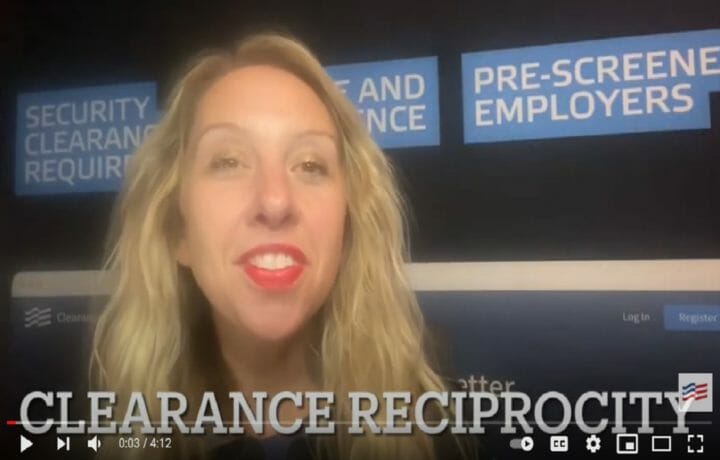Security clearance reciprocity is the process where clearances are transferred between agencies. The need to transfer clearances frequently happens as individuals look to move between positions, particularly for contractors looking to move between positions with their contract company. The process is painfully slow, at a high cost. A 2019 report by the Intelligence and National Security Alliance (INSA) noted that reciprocity failures cost 1,000 contractor-labor years at a cost of $2 billion in the Intelligence Community, and across government more than 90,000 lost contract labor years and $8 billion.
It’s a known pain point, and one without a clear path for improvement. Continuous Vetting (CV) is the cornerstone of Trusted Workforce 2.0 and is well on its way to full implementation by the end of the year. But as more cleared personnel move into CV, there is more concern that reciprocity will lag, as agencies layer their own suitability requirements rather than ‘trusting’ the CV process.
DCSA Decreases Reciprocity Timelines
The Defense Counterintelligence and Security Agency (DCSA) isn’t resting on the laurels of the progress they’ve made in reducing the security clearance backlog over the past two years. They agency provided an update on reciprocity at the recent NCMS Seminar, outlining the results of a Lean Six Sigma study conducted between January and May of 2020. The agency noted that when the study began, security clearance reciprocity cases took an average of 65 days. That means when an individual came into the Department of Defense from another agency (think NGA, Department of State, or Department of Energy), it took 65 days before that person was in the DoD system of record and could begin work on DoD cleared contracts.
That’s nearly two months where an individual would either need to work on unclassified work, or potentially wouldn’t be able to work at all.
But thanks to a couple of process improvements identified by the Lean Six Sigma study (and aided by the full implementation of the Defense Information System for Security (DISS) from JPAS, DCSA was able to reduce those processing times from 65 days to just six days. The key change was reducing the need for a review by the Vetting Risk Operations Center (VROC), and allowing security managers to push the request in directly to the DoD’s Consolidated Adjudications Facility (CAF).
The improvements are specific to DoD. If you’re looking to transfer your DoD clearance to DHS or another agency, you’ll likely face lengthier times than six days. But the progress DoD made is something that can hopefully be made by other agencies. As DISS looks to be the security clearance system of record used across government (with the exception of the IC), there is hope that agencies can begin to bring the ‘clearance in person’ concept to fruition. Once an individual has been vetted across the adjudicative criteria, their clearance eligibility should transfer without delays.




